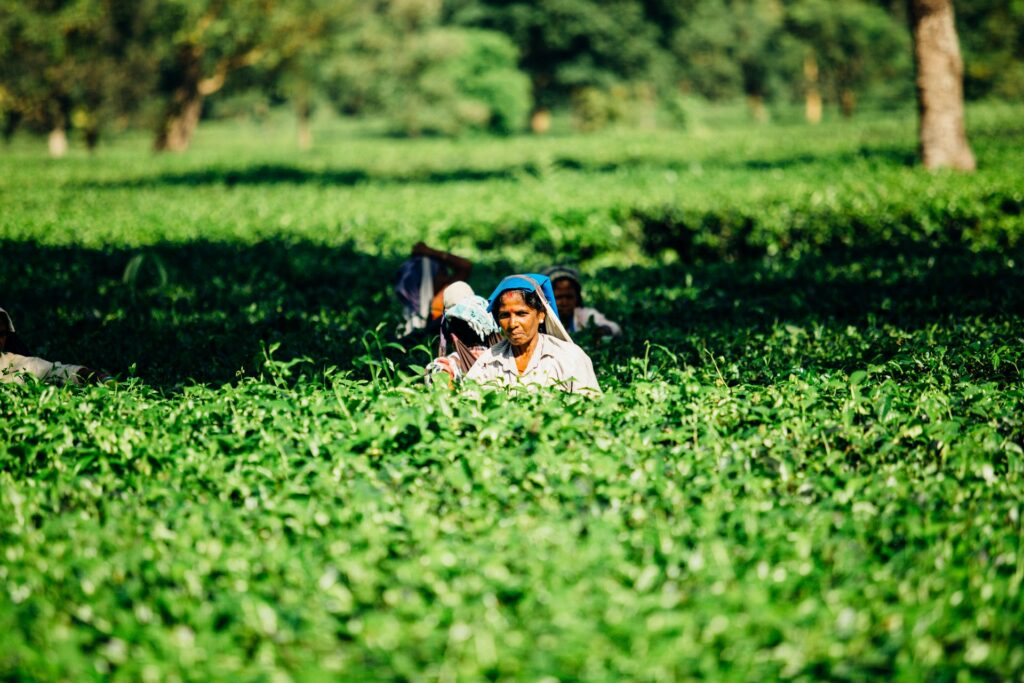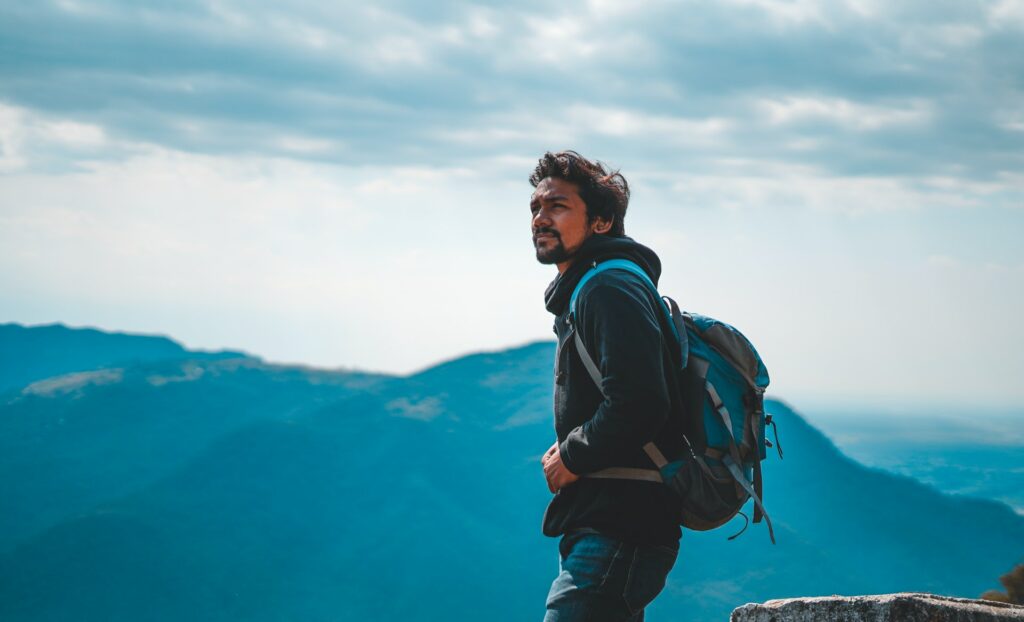To Recovery and Beyond: New Strategies for the Local Travel Experiences Industry

By Victor Tseng, CFO at KKDay
The opportunities for the travel experiences industry are very big but still very nascent in terms of digitalization, especially when compared to flights and hotels. Virtually almost every aspect of users’ life is already digitalized; it is thus a much needed wake-up call for us in light of the pandemic to remain relevant and even thrive. There are a lot of opportunities ahead and we must have effective strategies to get ourselves positioned for it.
Travel recovery: Outlook for the tours, activities and attractions
The COVID-19 pandemic is unprecedented to say the least. It has been bumpy and the impact on travel demand across various markets has been quite mixed. So the pace of recovery and the sustainability of this recovery will be largely dependent on each market’s lockdown situation and how they manage to contain COVID spread. It is not very homogeneous.
Couple of observations, we can share with you how we have been dealing with the un-predictabilities that COVID has brought onto this industry in the last one and a half years.

Firstly, we are encouraged that users want to spend on travel. If they are in lockdown mode, they are browsing and looking for travel contents. If they can go out, they are booking travel plans. If they cannot cross-border travel, they are booking domestic trips. There is a clear interest. This has not changed.
For example, Taiwan’s travel market saw demand spiked up when the market opened up around May timeframe last year after an initial round of COVID spread. You can definitely see the pent-up demand phenomenon. As demand shot up, we also witnessed good positive pricing elasticity. Outdoor activities, island excursions, attraction ticketing benefitted quite a bit. The Taiwan’s market has recovered very well just on domestic travel alone up until the recent COVID resurgence. So we need to prepare for the eventual opening.
Secondly, even in lockdown or semi-lockdown mode, there are still business opportunities going on. For instance, staycation products have been a driver for recovery for many markets across the region, particularly the Hong Kong’s market. Stay plus F&B at five-star hotels proved especially popular. They are creatively packaged in themes like luxury oceanfront view rooms with in-room high tea or gourmet dining, or packaged with spa or popular local attraction tickets. My point is, if we are creative and be able to dynamically put in front of users different types of products and packages, we can put ourselves in a position to grab business opportunities.
In Japan’s and Korea’s markets, despite more stringent lockdown restrictions, we have continued to see pockets of domestic travel recovery. We have been seeing a lot of intra-city, urban demand, attraction demand as well as island travel getting out of the city activities. Some of these markets actually have surpassed pre-COVID levels from our observations just on domestic travel alone. So we are optimistic!
Thirdly, it is all about safety, especially in these periods. It is important to make users feel safe and adhere to local government safety protocols. Travel-related products and attractions are now being paired with load management capabilities, contactless booking, entry, exit gates, wearing mask requirements, on-site alcohol based hand sanitizers, temperature measurement, real name identification, alleviating long lines, crowd control, contactless service—just to name a few (or a lot)—they are all important. We are seeing more industry operators adopting technologies to make users feel safe.
To conclude this part on the outlook for the tours, activities and attractions, we are optimistic about the future. We have seen that the pace of vaccination rollouts can be fast and efficient. In Northeast Asia, vaccination rollout is speeding up. Current vaccines’ efficacy looks to be holding up against COVID variants. COVID-19 may not completely go away and each market will continue to experience bumpiness. But with time, perhaps in the next six months or more, we are hopeful that the Northeast Asian region can be in a position to have a larger part of their population fully inoculated. This framework perhaps should be a way for us to think about the sustained resumption of domestic travel first. And as we speak, pockets of the world are already opening up cross-border travel as well. We remain patient and cautiously optimistic.
Notable changes in traveler’s behaviors since the start of the pandemic
One thing we feel certain of is that there is a strong desire to spend on leisure travel. It is irreplaceable.
Currently borders are closed but domestic travel offers big opportunities. Users will be more demanding of unique and off-the-beaten path products. Mid-long tail products like picnics under Seoul Tower or photography lessons at Nami Island have gained traction. Products like the Taiwan Travel Festival at Tokyo Tower where Japanese users can experience and taste a bit of Taiwan without traveling there was also popular.
For markets that have experienced more stringent lockdowns, virtual tour products can fulfill some of travel cravings. For example, a Japanese user can partake in a Southern Taiwan Tainan city tour complemented with a real cup of Taiwan oolong tea or fresh Taiwan pineapples. Or a Hong Kong user can enjoy a virtual tour of Bangkok’s temple tour, pray to the “Four Face Buddha” experience. These unique ‘pretend to go abroad’ products inspired and resonated with users. We also saw more industry operators working with local government agencies to package popular native delicacies and products to be delivered to the comforts of a user’s home. If you can’t go there, you can still get a taste and experience of that city.
Recently vacci-cations to Guam or flying to the United States have proven to be popular as well.

Another trend we have observed is that, there is more fragmentation in how users are searching for domestic travel versus international travel products. They are going through not only the traditional channels but also discovering through KOLs (Key Opinion Leaders), influencers, blog sites and new technologies like Apple’s AppClips where they can discover products offline and through NFC scan to book and pay for the product right away.
How to find the right user is more complex than ever. But if you can get this equation right, user acquisition costs can be significantly lower. Hence the ability to cover more digital channels is important.
Lastly, we have also witnessed users’ booking window time shortened significantly. Many are now booking within an hour or two of consuming the service. Instant confirmations, flexibility to change and cancel are important to users.
Digitalization: How operators in the local travel experiences industry stay in the game and be ready for when your customers return
From our observation, still a large majority of our industry operators are not digitalized.
Flight tickets and hotel room bookings are more than 60% digitalized. User behaviors are digitalized. And we need to catch up.
Whether you are a large or small operator, there are SaaS booking management systems available today, like Rezio, tailored for our industry, to help you digitalize and capture more business, to help you “shopify” your business model, to help you integrate online and offline capabilities and in these times, important safety features mentioned earlier.
We see more industry operators as well as local government travel bureaus embracing this trend. Especially during COVID induced downtimes, they have more bandwidth to learn and adopt digital solutions.
One of many prominent industry operators we saw making the investment to digitalize is Nami Island, one of South Korea’s largest attraction sites. They have completely revamped their online distribution capabilities as well as upgraded offline payment and contactless solutions to be in a better position to service and capture not only Korean domestic users but also international users when borders open up. Since its launch this past June, it has provided more than 100,000 visitors a safe and seamless contactless user experience.
Conclusion
In conclusion, we are cautiously optimistic about the future. It will still be bumpy until each market reaches some level of herd immunity. Vaccination rate penetration can be fast and efficient. What we take comfort in is that leisure travel is irreplaceable. There are opportunities to be had during these COVID times. Domestic travel opportunities are bountiful. International travel opportunity, we believe, is just a matter of time before it opens up. Take advantage of the many resources and technologies out there to help yourself optimize for these new realities.






Responses